
It's a common line to hear: "Five hundred years ago, they thought that Earth was flat!" But it's also completely untrue. Astronomers have been able to prove our planet is a globe for well over 2,000 years, using methods you can recreate at home.
The first known reference to a round Earth is in ancient Indian religious texts. The Rigveda, first composed between 1500 and 1000 BCE, includes the verse "In the midst of the Universe, the spherical Earth stays". Unfortunately, though there is much evidence of ancient India's extremely advanced knowledge of astronomy, there is little surviving record of their methods.
For that, we must turn to the Greek 'natural philosophers. The first written evidence that Earth was a globe comes from Empedocles and Anaxagoras in around 430 BCE, both of whom noticed Earth's shadow appeared rounded during a lunar eclipse. You can look out for its curve yourself on 28 October, when the next lunar eclipse that's visible in the UK is due.
In 350 BCE, Aristotle added even more evidence. He noted that when a ship sailed beyond the horizon, the masts would remain visible after the hull had disappeared, as you would expect if it had sailed around a curved edge. If you're near a port you can do the same with modern ships, though you'll need to look for their upper decks, rather than sails.
Esta historia es de la edición May 2023 de BBC Sky at Night Magazine.
Comience su prueba gratuita de Magzter GOLD de 7 días para acceder a miles de historias premium seleccionadas y a más de 9,000 revistas y periódicos.
Ya eres suscriptor ? Conectar
Esta historia es de la edición May 2023 de BBC Sky at Night Magazine.
Comience su prueba gratuita de Magzter GOLD de 7 días para acceder a miles de historias premium seleccionadas y a más de 9,000 revistas y periódicos.
Ya eres suscriptor? Conectar
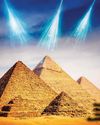
Putting cosmic rays to work
These penetrating interstellar particles have applications from astronomy to archaeology
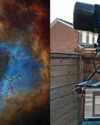
Set up your first imaging sequence
How to automate and coordinate your gear over multiple nights of imaging
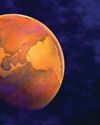
The Universe without gravity
Life with no gravity might sound a fun idea, but as Govert Schilling explains, shutting off this pivotalforce would spell disaster for Earth and beyond
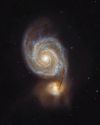
How to blend images taken with different camera setups
Combine data captured at varied focal lengths to create rich, deep images
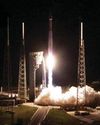
INSIDE THE SKY AT NIGHT
Back in September 2021, The Sky at Night show spoke to Carly Howett about NASA's then upcoming Lucy mission. As the spacecraft now approaches its main targets - the Trojan asteroids - we check in with her to see how the mission is going
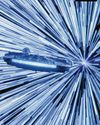
The science of SCI-FI
We love a good sci-fi film, but do they get the science right? Amy Arthur picks six of the big mistakes made in space films
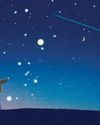
Seeing in a new light
It's National Astronomy Week this month, so take a tip from Mark Westmoquette and let mindful stargazing change your perspective on your life and problems
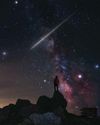
What to do if you find a meteorite
Ever come across an unusual rock and wondered if it's a meteorite? Mark McIntyre explains how to tell if that stone really is a fragment from outer space
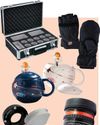
GEAR
Charlotte Daniels rounds up the latest astronomical accessories
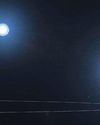
Q&A WITH A STELLAR ECLIPSE SPECIALIST
Many stars are gravitationally locked inside multi-star systems, but a rare new triple-star system has set a new record for how cosy these clusters can get